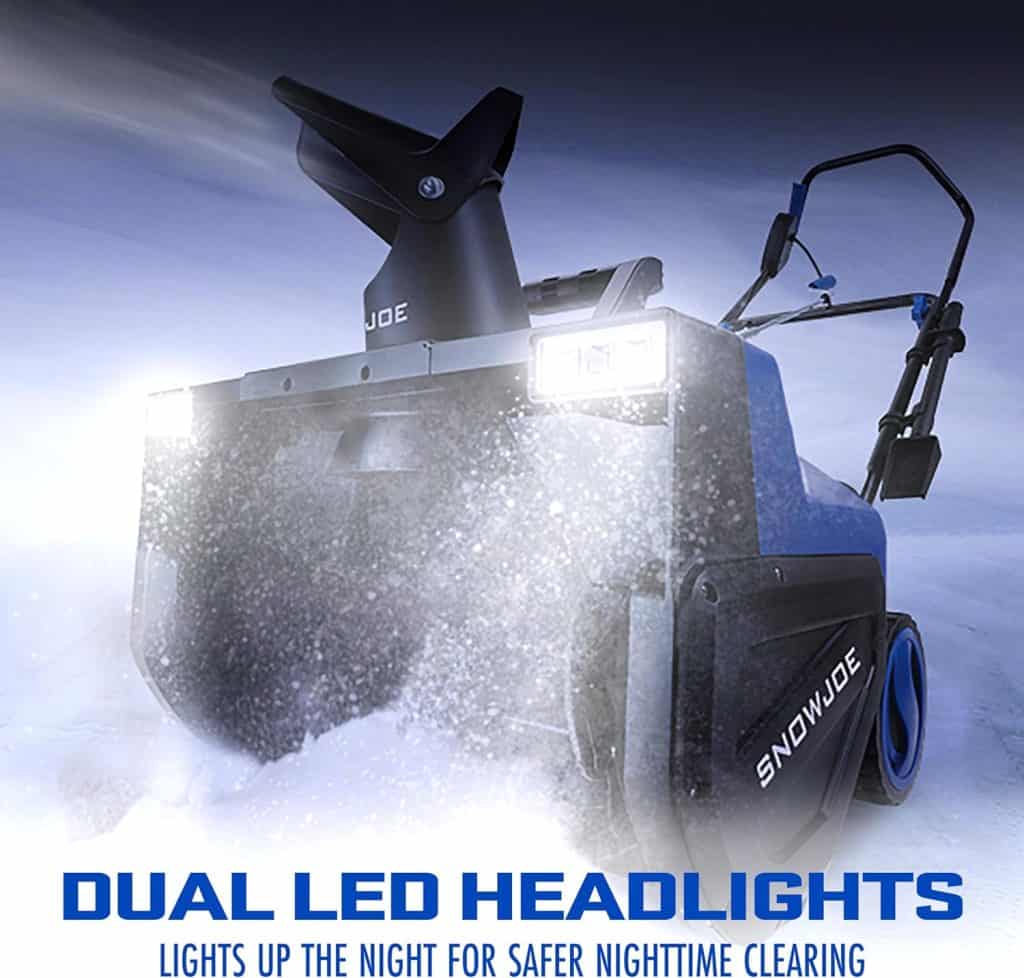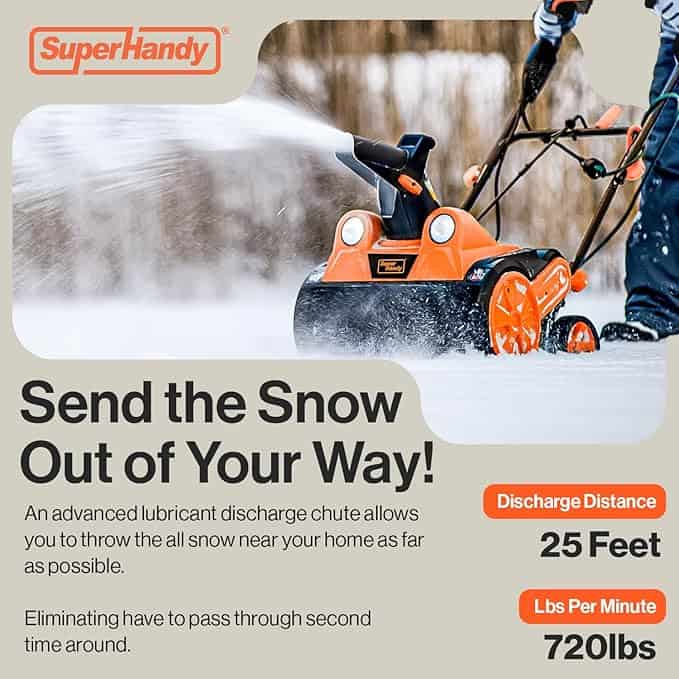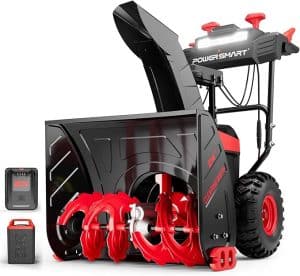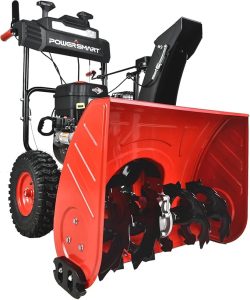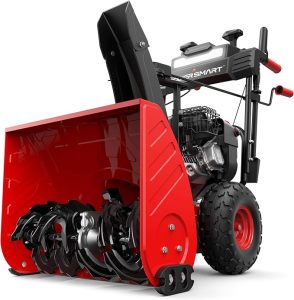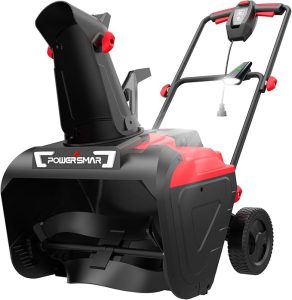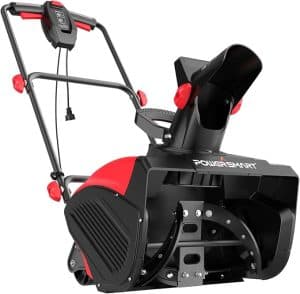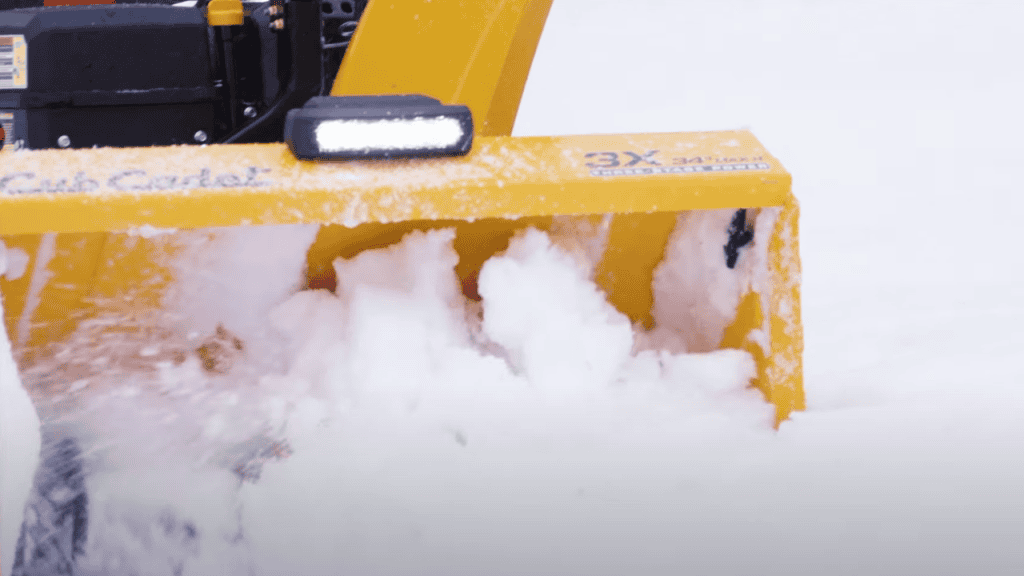
As winter approaches, homeowners in snowy regions turn to their trusty snow blowers to keep driveways and walkways clear. While electric snow blowers offer convenience and eco-friendly operation, it’s crucial to understand how cold weather affects their performance. Let’s explore the relationship between frigid temperatures and electric snow blowers, ensuring you’re prepared for whatever winter throws your way.
How Cold Weather Affects Electric Snow Blowers
Electric snow blowers are popular for their ease of use and low maintenance requirements. However, extremely cold temperatures can pose challenges to their efficiency and overall performance. Here are some key ways in which cold weather impacts electric snow blowers:
1. Battery Life: For cordless electric snow blowers, cold temperatures can significantly reduce battery life. Lithium-ion batteries, commonly used in these machines, lose capacity as the mercury drops, potentially leading to shorter run times.
2. Motor Performance: Electric motors may struggle to reach optimal performance in frigid conditions. Cold weather can increase internal resistance, requiring more power to operate and potentially reducing the snow blower’s effectiveness.
3. Plastic Components: Many electric snow blowers feature plastic parts, which can become brittle in extreme cold. This increases the risk of cracks or breaks during operation.
4. Auger and Impeller Efficiency: Cold temperatures can cause snow to become denser and icier, making it more challenging for the auger and impeller to effectively clear and throw snow.
5. Electrical Connections: Extreme cold can affect the integrity of electrical connections, potentially leading to power interruptions or reduced performance.
Maximizing Electric Snow Blower Performance in Cold Weather
Despite these challenges, there are several steps you can take to ensure your electric snow blower operates at its best, even in frigid conditions:
1. Proper Storage: Store your electric snow blower in a temperature-controlled environment when not in use. This helps protect sensitive components and batteries from extreme cold.
2. Warm-up Period: Allow your electric snow blower to run for a few minutes before tackling heavy snow. This helps the motor and moving parts reach optimal operating temperature.
3. Battery Care: For cordless models, keep spare batteries warm indoors and rotate them as needed. Consider using a battery warmer or insulated battery cover for extended use.
4. Regular Maintenance: Keep your electric snow blower well-maintained, ensuring all parts are properly lubricated and electrical connections are secure.
5. Clearing Technique: When using your electric snow blower in cold weather, take smaller passes and avoid overloading the machine. This reduces strain on the motor and components.
6. Timing is Key: Try to clear snow soon after it falls, before it has a chance to become compacted or icy, which is more challenging for electric snow blowers to handle.
Choosing the Right Electric Snow Blower for Cold Climates
If you live in an area prone to extreme cold, consider these factors when selecting an electric snow blower:
1. Power Output: Opt for models with higher amperage or voltage ratings, as they typically offer better performance in challenging conditions.
2. Build Quality: Look for electric snow blowers with durable, cold-resistant materials and reinforced components.
3. Heated Handles: Some premium models feature heated handles, improving comfort and control in frigid temperatures.
4. Cold Weather Ratings: Check the manufacturer’s specifications for operating temperature ranges and cold weather performance ratings.
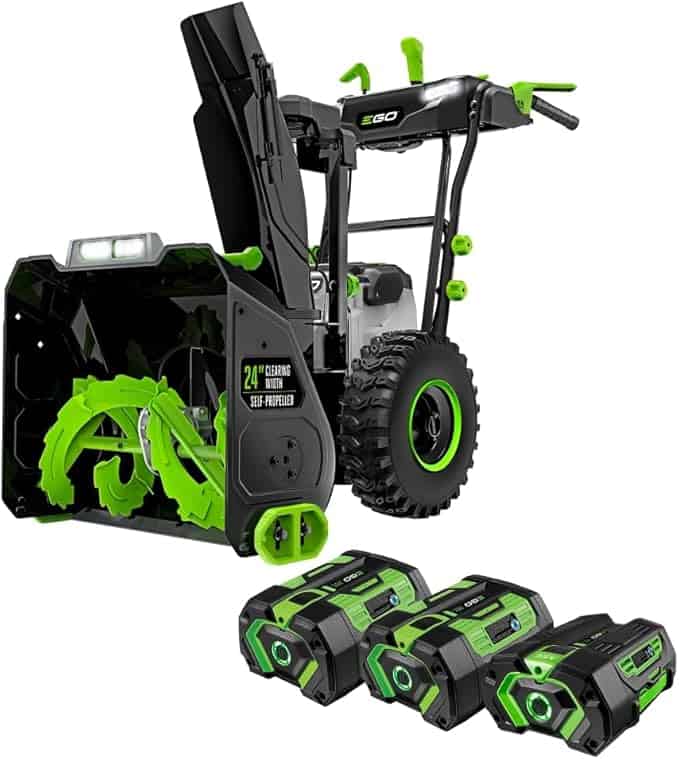
EGO Power+ SNT2807
While electric snow blowers may face some challenges in extremely cold weather, proper care, maintenance, and operation techniques can help ensure reliable performance throughout the winter season. By understanding the impact of cold weather on electric snow blowers and taking appropriate measures, you can keep your property clear of snow efficiently and effectively, no matter how low the temperature drops.


